Portugal’s Nazare: tradition tied to saints and the sea
Giant waves and strong traditions are the attractions in Portugal’s Nazare fishing town.
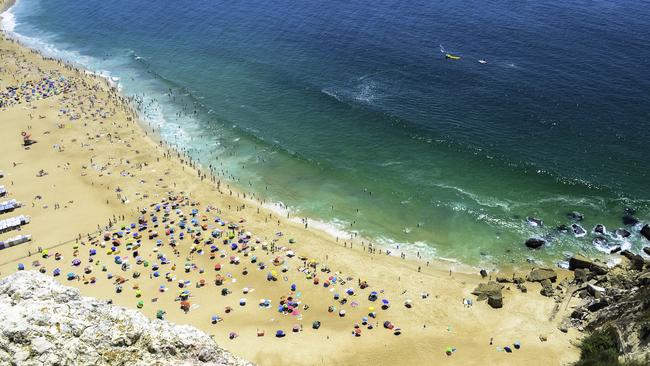
Giant waves and strong traditions are the attractions in Portugal’s Nazare fishing town.
STORMY SEAS: For better or worse, Nazare’s lifeblood is the ocean. The exposed, west-facing village on the central Portuguese coast, about 90 minutes by road north of Lisbon, built its economy around the fishing industry and has always been at the mercy of turbulent swells. Rough seas claimed the lives of countless villagers before the marina’s construction in 1986, and many local women dress in black to mourn lost loved ones. Walk along the Praia da Nazare promenade towards the marina to admire a display of traditional fishing boats on the sand, and see rows of carapau (horse mackerel) drying on wire boards in the sun. While modern refrigeration has alleviated the need to preserve the region’s plentiful supplies of these small fish, the salted chow remains a local favourite and can be spotted on menus around town.
More: visitportugal.com/en.
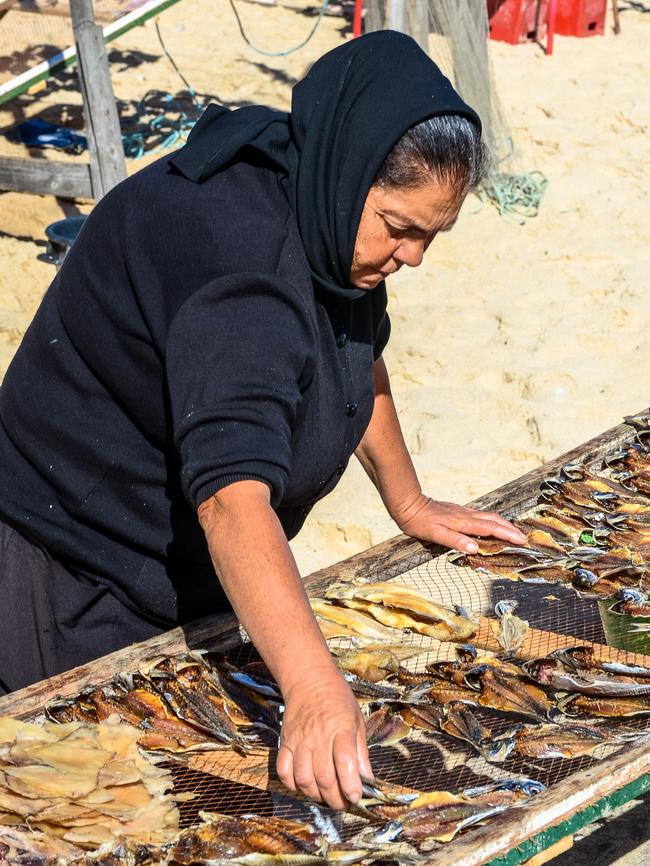
SURF’S UP: Nazare is a household name among surfing greats and the village holds a Guinness World Record for the largest wave surfed. Waves off the beach at Praia do Norte can reach up to 30m, because of a unique submarine canyon, and typically crank up in late October until mid-February. More gentle waves are found on the other side of the point and can be surfed year round. Nazare Surf School offers body boarding, stand-up paddle and surf lessons as well as equipment hire.
More: nazaresurfschool.pt.
MIRACLE MOMENTS: Nazare’s upper town, Sitio, houses the blue-tiled Ermida da Memoria chapel, an important structure related to the Legend of Nazare. The fable goes that nobleman Fuas Roupinho was saved by Our Lady of Nazare in a miracle in 1182 after he almost fell from the 100m-high cliff face while chasing a deer, and the town has been a revered religious site ever since. Due to the influx of pilgrims flocking to the tiny chapel, the grandiose, gold-trimmed Shrine to Our Lady of Nazare was later constructed in the same square. Entrance to the shrine and chapel is free and the upper town can be reached via a 127-year-old funicular. The climb up the cliff, which isn’t as difficult as it looks, can also be tackled via a winding (and sometimes slippery) set of steps.
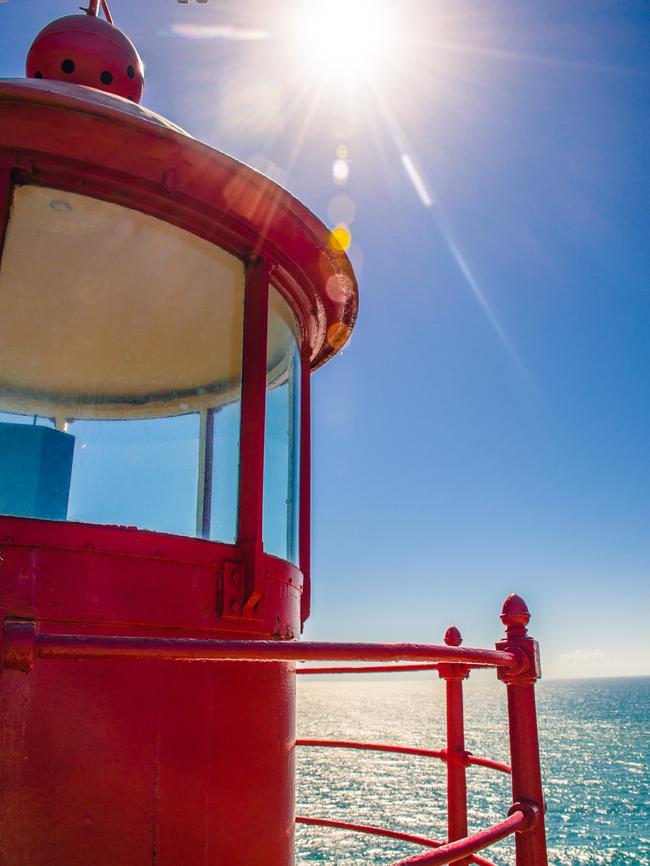
SEE THE LIGHT: In the upper town you’ll also find the Forte of Sao Miguel Arcanjo and its museum outlining the history of the structure, originally built by King Sebastian in the 1500s to protect a stretch of Portugal’s west coast from pirates. The fort includes Nazare’s iconic red lighthouse and a surf interpretation centre, which explains the phenomenon of those monster waves. Entry to the fort and lighthouse is just €1 ($1.45) and there’s an incredible view across the town’s terracotta rooftops to the left and of the ecologically protected Praia do Norte to the right. For further insight into the town’s history, stop by the Dr Joaquim Manso Museum (also in Sitio), which showcases an ethnographic display of Nazarene culture. All exhibit descriptions are in Portuguese, but given that entry is free, it’s nonetheless interesting to peruse the visuals.
ARTS AND EATS: Street vendors selling souvenirs such as carved wooden boats, handwoven fishing nets, costumed dolls and woollen apparel encircle Sitio’s main square. Then, in the centre, jolly locals in aprons and tartan trousers offer nibbles by the bucketload, so grab a bag of nuts, lollies or traditional Portuguese buttery beans, tremocos, to munch while peering over the cliff at the crowds below. Even if you don’t want to buy, you’ll have free samples cheerily waved under your nose. If the upper town market feels a little touristy, head back down the hill to Casa Alcoa Artesanato for a beautifully curated collection of souvenir and designer pieces crafted by local artisans.

WANDER AND WONDER: One of the best things to do in Nazare is to wander. The neat narrow laneways of the lower town, patterned with Portugal’s traditional cobbled pavement, calcada portuguesa, lead past lively restaurants, shops and bars and are where you’ll spot women in Nazare’s traditional dress. While the costume is typically referred to as the “seven skirts of Nazare”, women normally wear three or four layered skirts day-to-day, with the full gamut reserved for special occasions. The outfit is completed with a hand-stitched apron, woollen shawl, clogs and headscarf. Venture deeper into the streets of the lower town to find residents perched on crates peeling potatoes and hanging laundry to dry from lines suspended over the alleyways. Don’t forget to look up at tiled murals above doorways depicting stories of the sea and the Legend of Nazare.
More: visitcentrodeportugal.com.pt/tourism-office-in-nazare.
TO MARKET: Visit the vibrant indoor food market, the Mercado Municipal da Nazare, to see women in traditional dress collecting their daily produce and to pick up a few supplies of your own. The marketplace is packed with fresh fruit and vegetables, local meats and cheeses, and, of course, trawler-fresh seafood. Sample Portuguese favourites such as morcela blood sausage, soft Serra da Estrela cheese and the dense cornbread broa. The market is open every day except Monday and a flea market is held on Friday mornings.
FINE DROPS: Pick your poison from a selection of more than 600 wines at the boutique wine bar Taverna do 8 o 80. This trendy bar was awarded Portugal’s best wine list by the glass in 2015 and showcases some of the nation’s finest tipples. The bar also serves artfully presented tapas such as sardine bruschetta and cured hams, which can be matched with wines suggested by the knowledgeable staff. They can also whip up a mean gin and tonic and a range of cocktails. Located on the esplanade, it’s the perfect spot to watch the sun drop into the Atlantic Ocean.
More: tavernado8o80.pt.
CATCH OF THE DAY: Eating seafood in Nazare is a given. Must-try dishes include the tomato-based caldeirada fish stew and Bulhao Pato, clams cooked in garlic, coriander and Portugal’s famous green wine, vinho verde. Restaurante Ala-Riba in the lower town has this dish nailed. Also hunt down a serve of the Iberian delicacy percebes, which are plump and salty tube-shaped barnacles plucked from rocks in often-dangerous surf. Percebes aren’t generally printed on menus as their availability depends on the weather, so check with staff at any of the numerous seafood restaurants. For a modern spin on traditional cuisine, such as Portuguese sausage with caramelised onion or creamed fish soup, head to Tosca Gastro Bar Restaurante off the main avenue Praca Sousa Oliveira, but be sure to make a booking.
More: portugaltravel.org.
SLEEP WELL: Upon arrival in Nazare it’s not unusual to see old women lining the streets offering quartos (rooms) for rent, but for a more luxurious stay, the Hotel Miramar Sul (pictured) offers two pools, mini golf and sweeping sea views. The downside of this prime viewpoint, however, is the hotel’s location away from the town centre, so those without a car might prefer the Hotel Mare, conveniently situated in one of the main avenues of the lower town, or the recently renovated Adega Oceano on the esplanade.
More: miramarnazarehotels.com/en; hotelmare.pt; adegaoceano.com.

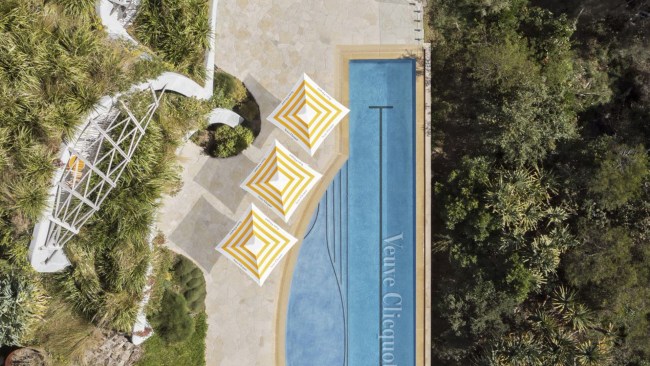
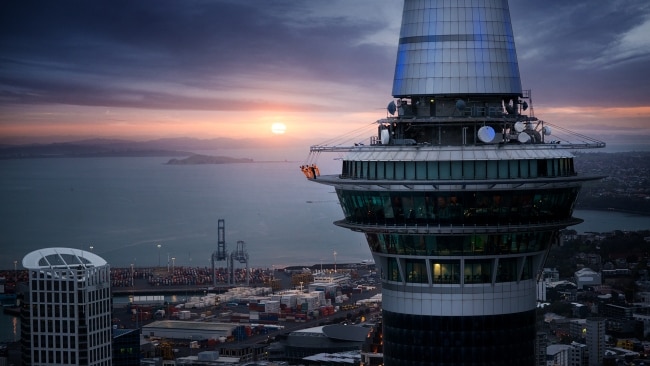
To join the conversation, please log in. Don't have an account? Register
Join the conversation, you are commenting as Logout